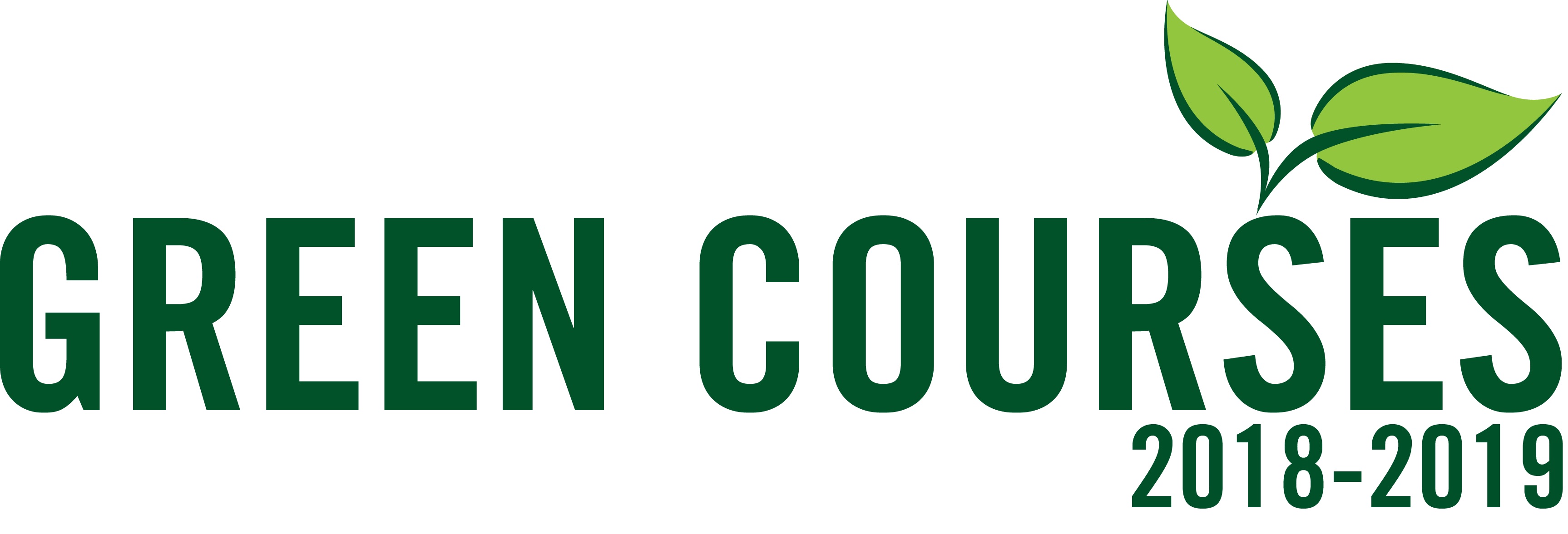LIN 1256: Advanced Language Variation & Change
Language Contact, Corpora & Analysis
Course Description
Lecture Time & Location
Mondays 10:10 -12:00 NEW as of Jan. 30: in AB 114 (Astronomy Bldg.) [campus map]
Topic and format
Quantitative analysis of large sets of data from corpora of conversational speech has been a productive approach in quantitative linguistics, particularly in understanding synchronic variation in monolingual communities. In this graduate seminar, we will apply these methods to the study of language contact phenomena and look at languages that have been subject to less sociolinguistic scrutiny. We will connect 3 topics:
- Contact: Asking and investigating the “Big Questions”
-
Corpora: Learning how to use corpora to answer the “Big Questions”
- Analysis: Methods of Analysis (connection theoretical formalisms to variationist data) - We may try to all focus on sociophonetic analysis, for better course cohesion.
In the first section of the course, we will read and discuss articles that introduce each topic. [Readings]
In the second section, we will revisit each topic, and you will present relevant articles and corpora to the class. [Article presentation guidelines] [corpora presentation guidelines]
In the final section, you will focus on a research project to investigate (some of) the “Big Questions” and demonstrate mastery of the methods.
You will complete weekly assignments that scaffold and develop both your set of research skills and your research project.
A motivating quote for this course
"It should be stressed that the results we obtained...are not meant to be independent of this particular set of languages. In other language pairs, quite different factors may turn out to be operant, depending on sociolinguistic factors and different contrasting typological properties." (van Hout & Muysken 1994:61, Modeling lexical borrowability in LVC)
Big questions for the course
- Does variation exist in language or just in speech (competence vs. performance)?
-
How do we recognize change due to contact (vs. internal change or universal tendencies)?
-
What parts of language are more susceptible to change? what levels? similar parts? salient/marked parts? different types of morphology? different phonetic features...
-
Are there many imprecise and/or untested/undocumented hypotheses about parts of grammar that are more or less susceptible to (contact) influences because there is so much possible variation in language change in general? or due to methodological differences?
-
How can we quantify change in order to see where there is more/less (in different levels of language as well as in different sectors of community)?
Goals and outcomes
- By reading and discussing recent literature, you will become familiar with recent research findings regarding contact-induced linguistic change and connections to internal changes.
- Through an inquiry-driven course project, you will learn, step-by-step, to design and carry out a research project in the sociolinguistic subfield of quantitative variation.
- Engage in interesting debates and discussions to develop our thoughts and plans, both for the course and in the longer term.
- Critically engage with a range of academic writing: abstracts, literature reviews, critical reviews, research paper components; and develop your writing process.
- Learn about language’s structure and variability by working with a corpus of naturalistic (read: "messy!") speech data.
Please note that many important policies relevant to this course are posted in Bb and do not appear in this syllabus. Look through the "Course Information" section of Blackboard carefully.
 |
Please consider printing double-sided, using 1.5 spacing and omitting title pages on your own work, and reading onscreen when possible. |
